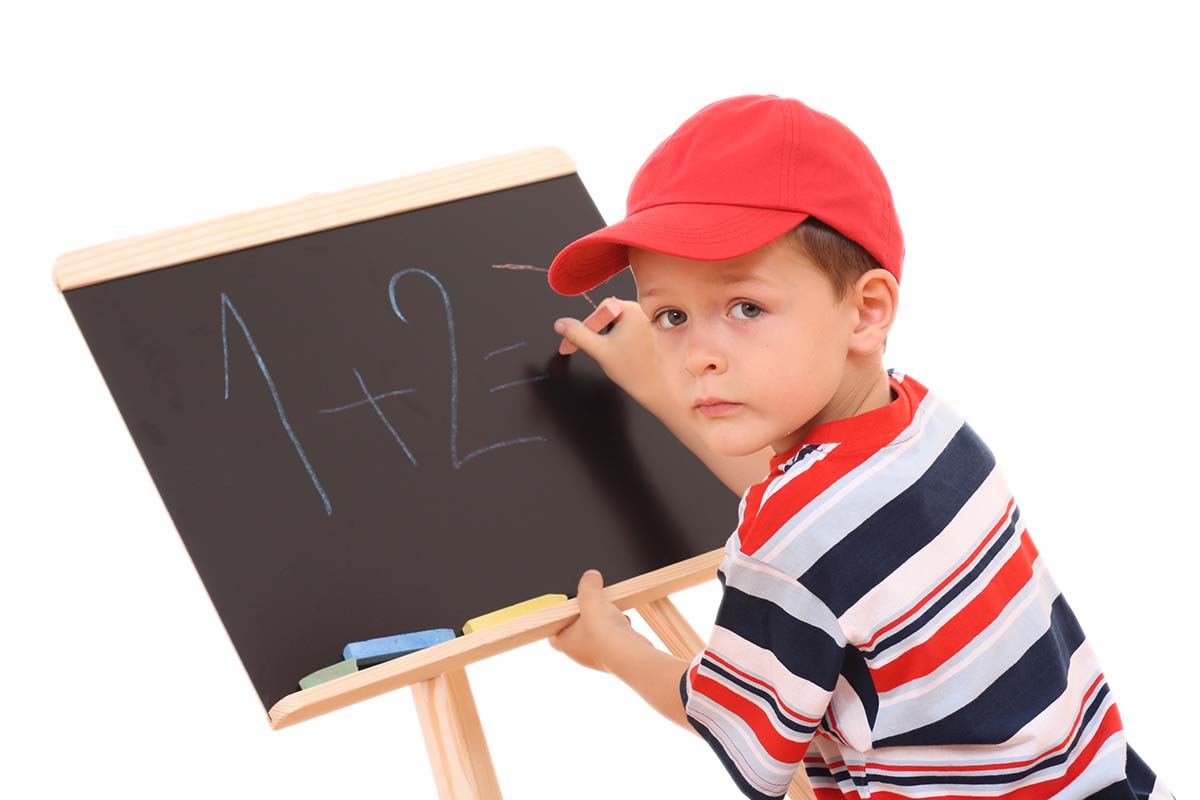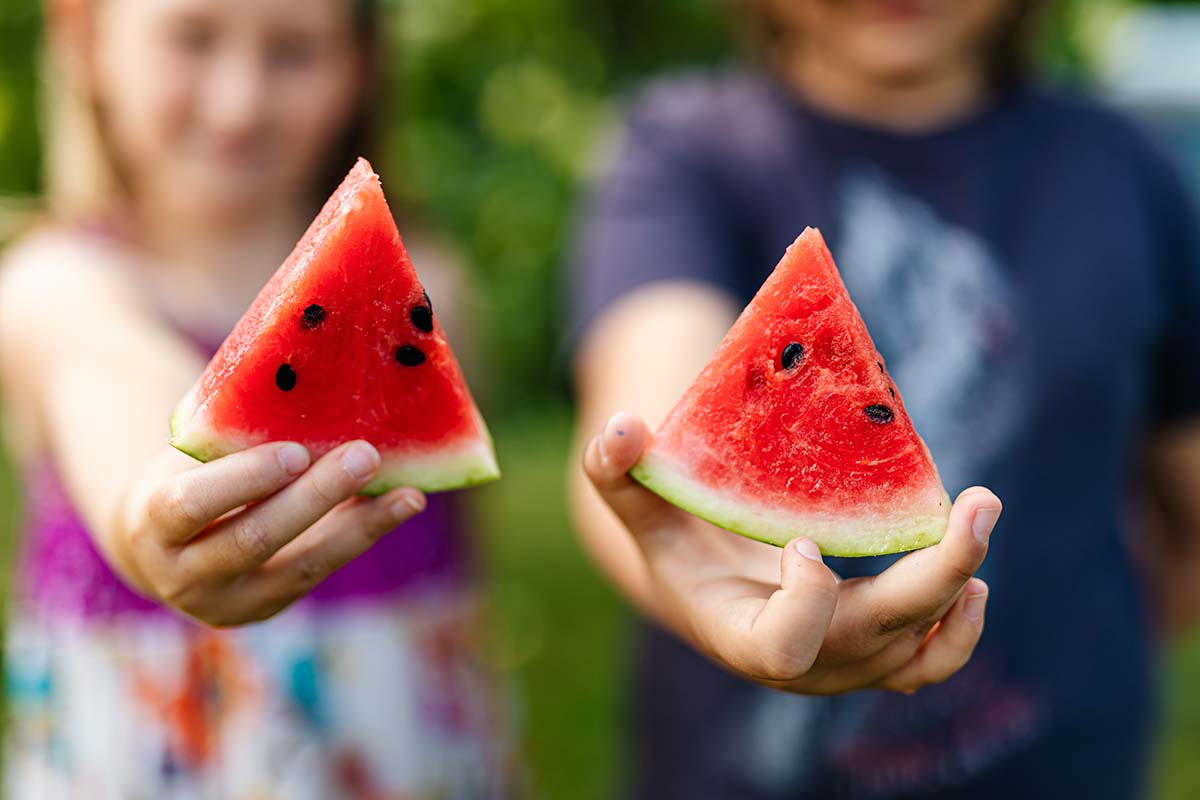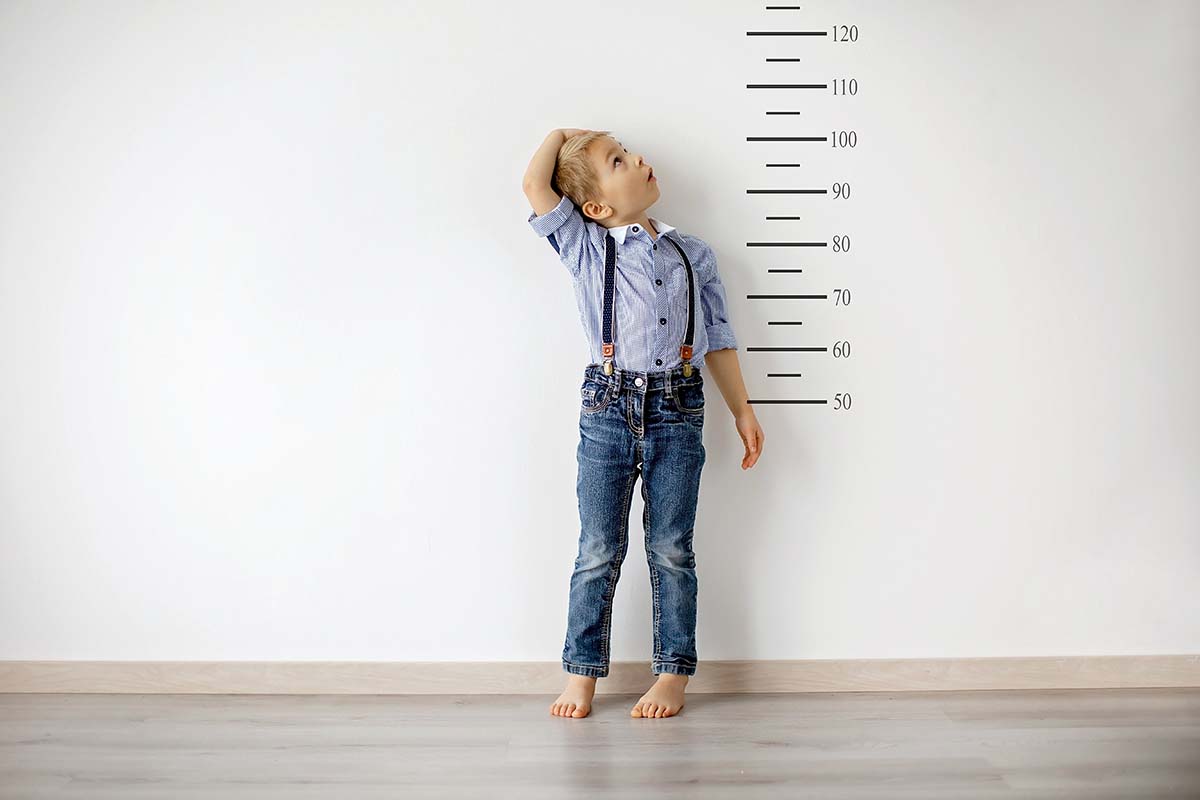
The new school year is around the corner and Spark Math by Spark Education wants to make sure kids are ready! Returning after an exciting summer vacation can be a struggle for some students who deal with summer learning loss. Summer learning loss, or the “Summer slide”, refers to students’ loss of some of their educational concepts due to lack of practice during a long vacation. In this new blog series, Spark Math goes over some of the most important math concepts kids should know before returning to school. Here are the “Math kids should know before 1st Grade.”
1st Grade and Math
1st grade is the beginning of more formal learning and less learning through play. While most U.S. students are enrolled in either half of full-day kindergarten programs, it’s only mandated in 19 states and Washington DC. For students who are entering school starting in 1st grade, the social and educational change might be shocking. Having knowledge of what’s expected before school starts will help new students keep from falling behind, especially in a subject that builds upon itself like math. Here are some of the concepts parents might want to review or introduce before starting 1st grade.

1. Addition and Subtraction
In kindergarten, students can learn how to count, verbally, all the way up to 100. While counting out loud to 100 can happen in kindergarten, it’s not expected for them to be able to write and identify numbers visually past 30. This is the number range kids will be using when they start working on addition and subtraction math problems on tests and worksheets.
Entering into 1st Grade, students should understand that addition and subtraction means putting two groups of numbers together or separating them. Children should be able to do simple addition and subtraction problems with numbers between 1 and 10, with the use of manipulatives. Manipulatives are physical items kids use to help understand math problems. From building blocks to their own fingers, having a physical understanding of adding up items or taking them away, helps children grasp these concepts.
Ways to use numbers, addition, and subtraction:
- Count whenever possible to as high as possible
Examples: Count to 100 when playing hide and seek. Count amounts of fruit in a bunch of bananas or grapes.
- Use simple addition and subtraction throughout the day. Adding and subtracting different groups of objects around the house.
Examples: Add apples and oranges to get the total number of fruits. Separate toys up into smaller groups based on type. (10 toys total, 5 cars, and 5 dolls)
- Use counting to introduce money to kids.
Examples: Use coins to represent numbers up to 100. Subtract from a budget you give kids for shopping.

2. Shapes and Patterns
Entering 1st grade kids should have a more expansive understanding of geometry, specifically shapes. Basic 2-dimensional shapes (squares, circles, triangles, etc.) should be joined with their 3-dimensional counterparts (cubes, spheres, pyramids, etc.) Students also should understand more complex shapes like stars or rhombus. Students with a diverse knowledge of shapes and their properties will have an easier time in higher level geometry.
With more variety in what shapes children know, they are able to create new and different patterns. Patterns are a sequence of repeating shapes, colors, objects, or numbers. Understanding, and more importantly being able to predict how patterns continue, is a key skill in problem solving especially in math. In math, many concepts can be broken down into patterns. Counting by 2s (2, 4, 6, 8, 10, etc.) is a pattern kids can understand and is also an introduction to multiplication. Patterns are everywhere and understanding them helps kids understand the world.
Ways to use shapes and patterns:
- Find the connection between 2-d and 3-d in real life.
Examples: Try and find the 3-dimensional version of a 2-dimensional image( Picture of a ball and a ball in real life). Use construction paper to cut out simple shapes and build a 3-dimensional version with some tape and glue (Use 6 squares to build a cube)
- Look for more complex shapes in the world
Examples: Point out street signs and what shape they are. Use different shaped blocks or cutouts to create new original shapes.
- Use patterns in new ways
Examples: Create jewelry with different colors and shaped beads. Play Uno or Crazy 8’s to use patterns based on colors and numbers

3. Measurement
In 1st grade, kids start learning about measurement, but before they learn how to measure, they should have a good understanding of measuring tools. Some of the measuring tools use might not be as obvious as you think. A clock measures time, a thermometer measures temperature, and a ruler measures size. These items measure some of the most important parts of each day.
Time, temperature, and size are used to make some of the biggest decisions of each day. They help determine when to wake up, what to wear, if someone is getting sick, and even how far you can jump. Understanding these concepts helps kids express their understanding of the world around them to others in a universal way. Making these measuring tools part of life at an early stage makes the concepts second nature.
Ways to use measurement:
- Make time an important part of the day.
Examples: Set alarms for waking up in the morning. Give kids a five-minute warning when playtime is over, or meals are about to start. Show the importance of getting to school or appointments on time.
- Use temperature to plan out different parts of the day.
Examples: Check the temperature before planning an outfit for the next day. Show kids how you use a thermometer while cooking or even making popsicles.
- Make measuring size a part of growing up.
Examples: Measure how tall the family is every few months. Show how shoes and clothes are measured.
Be ready for the new school year with Spark Math
At Spark Math, we know how critical getting off to a strong start in 1st grade math is for a successful school year. Our 1st grade programs are the perfect jumping-off points for students to master grade level content or challenge themselves to jump ahead of their peers. Our Common Core Standard-aligned curriculum ensures everything we cover will be relevant to your child’s classroom education and then some! In our 1st grade programs, students move through basic addition and subtraction to double-digit work as well as other skills like telling time and counting money. Get ahead and stay there with Spark Math.
Getting over Summer Slide can be tough for kids as they enter a new year in school. Spark Math is an education program perfect for helping kids use the skill they learned all year in fun and engaging ways. Available for students from Pre-k to 6th grade, Spark Math’s online program features online classes, gamified lessons, and a real experienced teacher. Try it for yourself by signing up to try a free demo class today!
Want to find out what your student should know before entering the new school year? Check out our Spark Math blog for great news and activities the whole family can enjoy. Check out our Pinterest Page for more fun activities!
Check out more Spark blogs on what children should know before starting the new school year below!
Kindergarten – First Grade – Second Grade – Third Grade – Fourth Grade – Fifth Grade




